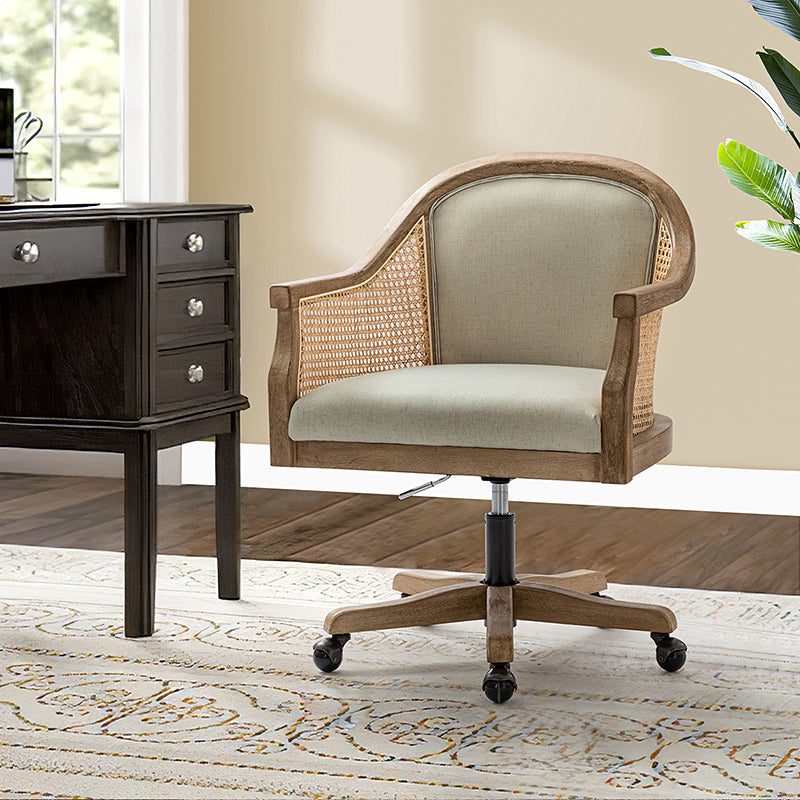The Texture of Focus: Why Tactile Design Improves Creativity
Share



You don’t just see your workspace — you feel it.
The surfaces, fabrics, and finishes around you quietly shape your focus, creativity, and comfort.
That’s the power of tactile design — the art of choosing materials that engage your senses, ground your mind, and make work feel more human.
1. The Science of Touch and Focus
Your sense of touch is deeply tied to your nervous system.
When your fingers brush smooth wood or soft fabric, your brain releases serotonin — the same chemical that promotes calm and concentration.
A 2023 study from the University of British Columbia found that natural textures like wood and linen reduce physiological stress and improve task persistence.
Tactile design isn’t luxury — it’s neuroscience for productivity.
2. Choosing Textures That Support Your Work
🪵 Wood:
Organic warmth that grounds your thoughts. Ideal for desks, trays, and monitor risers.
🪶 Linen or Felt:
Soft fibers absorb sound and reduce echo — perfect for pinboards or desk mats.
🪨 Stone or Ceramic:
Smooth, cool surfaces add stability and visual weight. Great for coasters, planters, or decor bases.
🕯️ Leather or Cork:
Flexible, durable, and naturally anti-static — ideal for desk pads and notebooks.
When balanced, these textures create a rhythm between stillness and focus.
3. Designing a Sensory Workspace
-
Keep your most-touched surfaces natural and matte — no cold glass or harsh plastics.
-
Combine opposites: hard + soft, smooth + textured.
-
Avoid visual clutter — let the materials breathe.
The goal isn’t to fill your desk with textures, but to curate intentional contact points that feel good every time you work.
4. Texture as Emotional Design
Textures also affect mood.
Rough materials spark energy and creativity; soft ones nurture calm reflection.
Choose based on what you need most:
-
Feeling overwhelmed? Add linen or felt.
-
Feeling unmotivated? Try structured wood or stone.
When design engages your senses, your mind responds with balance.
